Commonly known as Earth Apple, Jerusalem Artichoke, Sunchoke, or Sunroot, this perennial plant belongs to the Asteraceae family and originates from regions west of Texas, Arkansas, and Ohio. Despite its name, the Jerusalem artichoke is native to North America and bears little relation to artichokes.
This edible root vegetable is prized for its versatility in the kitchen, often prepared and eaten like potatoes but with significantly less starch. Easy to grow and highly adaptable, Jerusalem artichokes thrive in various conditions, making them an excellent choice for novice gardeners. However, their vigorous growth habits require attention, as they can spread rapidly and are sometimes considered invasive.
| Common name | Earth Apple, Jerusalem Artichoke, Sunchoke Sunroot |
| Botanical name | Helianthus tuberosus |
| Family | Asteraceae |
| Species | tuberosus |
| Origin | West of TX, AR, and OH |
| Life cycle | Perennial |
| Plant type | Edible |
| Hardiness zone | 3, 4, 5, 6, 7, 8, 9 |
| Sunlight | Full Sun |
| Maintenance | Low |
| Soil condition | Clay |
| Soil ph | Alkaline |
| Drainage | Well-Drained |
| Growth rate | Fast |
| Spacing | 3 ft. – 6 ft. |
| Harvest time | Fall |
| Flowering period | Fall |
| Height | 6 ft. – 10 ft. |
| Flower color | Gold, Yellow |
| Leaf color | Green |
| Fruit color | Brown, Copper |
| Stem color | Green |
| Flower benefit | Edible |
| Garden style | Butterfly Garden |
| Uses | Naturalized Area |
I. Appearance and Characteristics
The Jerusalem artichoke (Helianthus tuberosus), also called sunroot, sunchoke, wild sunflower, topinambur, or earth apple, is a species of sunflower native to central North America. It is cultivated widely across the temperate zone for its tuber, which is used as a root vegetable.
Helianthus tuberosus is a herbaceous perennial plant growing to 1.5–3 m (4 ft 11 in – 9 ft 10 in) tall with opposite leaves on the lower part of the stem but alternate towards the top. The leaves have a rough, hairy texture. Larger leaves on the lower stem are broad ovoid-acute and can be up to 30 cm (12 in) long. Leaves higher on the stem are smaller and narrower.
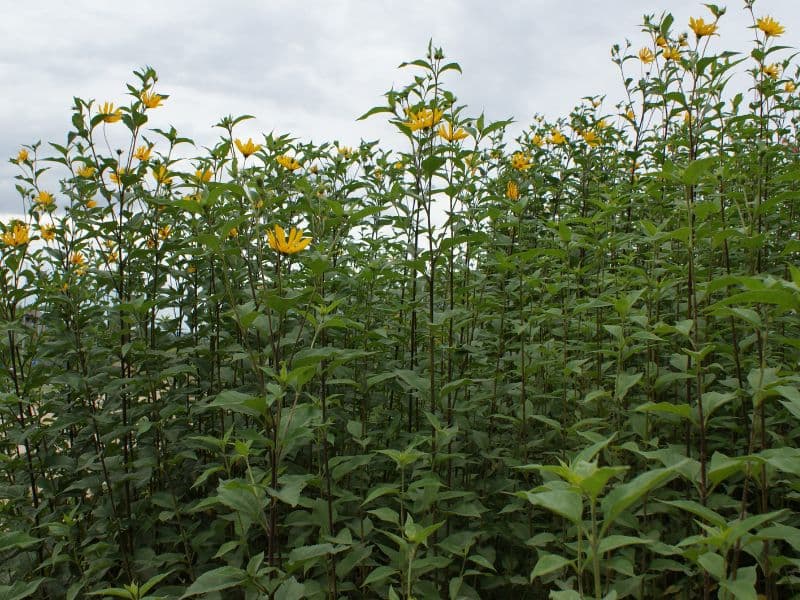
The flowers are yellow and produced in capitate flowerheads, which are 5–10 cm (2–4 in) in diameter, with 10–20 ray florets and 60 or more small disc florets. The flowers are briefly fragrant, giving off a light, vanilla-chocolate perfume.
The tubers are often elongated and uneven, typically 7.5–10 cm (3–3+7⁄8 in) long and 3–5 cm (1–2 in) thick, and vaguely resembling a ginger root in appearance, with a crisp and crunchy texture when raw. They vary in color from pale brown to white, red, or purple.
II. How to Grow and Care
Sunlight
The seedlings, leaves, and flower heads of sunflowers all exhibit very strong phototropism. Sufficient sunlight will make the seedlings grow strongly and healthily. During the middle period of their growth stage, sufficient sunlight can promote the growth of stems and leaves and the differentiation of flower buds. If sunflowers receive sufficient sunlight during their entire growth period, the stems and leaves grow healthily and the flowers are vivid and bright.
However, if there is continuous rain or they are grown for a long time in a partially shady spot they may grow poorly and become weak. The stems will not be straight, the leaves will be soft and droop in yellow green, and the flower head will be small and irregular.
Temperature and Humidity
The ideal temperatures for growing a bountiful Jerusalem artichoke crop is between 65 and 90 degrees Fahrenheit. When planting the tubers, temperatures should be a minimum of 50 degrees Fahrenheit. If you are expecting a hard freeze, a protective layer of mulch will help them to survive.
Watering
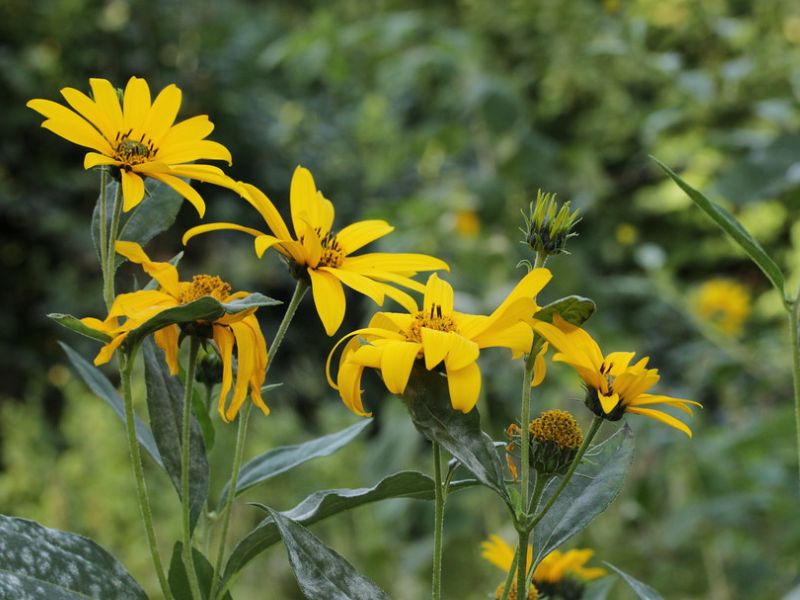
Thriving in its native habitat of North America, Jerusalem artichoke is well-adapted to moderate moisture conditions and can tolerate brief periods of drought. This species exhibits a preference for consistent moisture but does not require excessive watering, aligning with its watering routine. Typically grown outdoors due to its robust nature, Jerusalem artichoke has a unique ability to store water within its tuberous roots, which aids in surviving variable weather patterns and makes it less dependent on frequent rainfall.
Soil
These root vegetables can grow in just about any soil— they have even been known to produce harvests in heavy clay soils, although the yield is not as impressive. They just won’t tolerate soggy conditions. However, they grow best in loose, well-drained, fertile, slightly acidic soils.
Fertilizing
Fertilizers are not generally needed for growing Jerusalem artichokes. If your soil is not fertile, add some organic matter to ensure a high yield.
Pruning
To ensure the robust growth of the main stem, the lateral buds of sunflowers should be removed so as not to distribute nutrients too widely and affect the growth of flowers on the main stem. If planted in a border, the top bud of the main stem can be picked off, so that branching occurs to give 4-5 blooms and the plant remains quite short and bushy.
For sunflowers planted to provide cut flowers, the apical bud should be removed to facilitate the growth of lateral stems. After such treatment, several stems will be produced, and 7-10 flowers can be harvested from one plant. For sunflowers grown in pots, it is recommended to keep the primary stem and remove the lateral buds, since in this case it is better to have just one flower.
Propagation
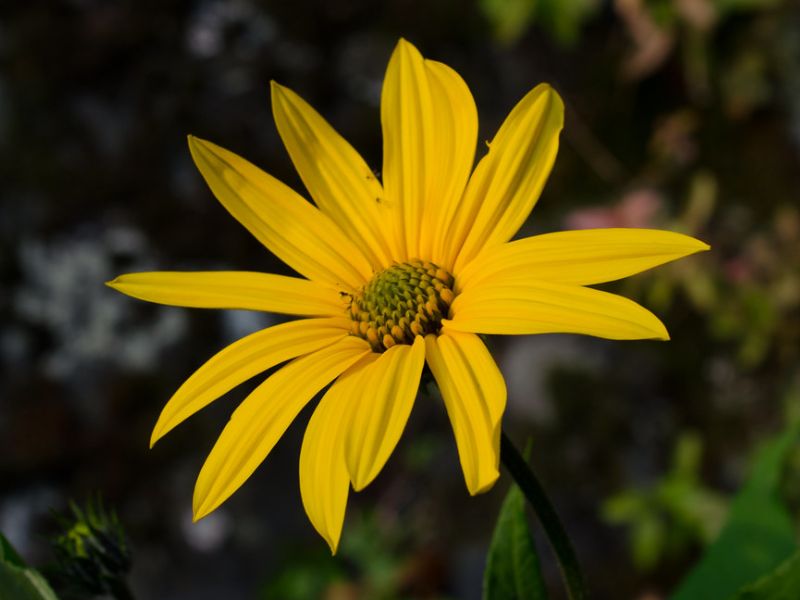
The best way to grow Jerusalem artichokes is by planting the tubers in early spring. They should be spaced around 12 to 18 inches apart and planted no more than 5 inches deep. Make sure you don’t plant too deeply as this can result in a poor harvest. The “eyes” should be facing upward, and the tuber pieces should weigh at least 1.75 ounces—smaller pieces can also result in a lesser yield. The soil should be moist but not saturated.
Pests and Diseases
Pests and diseases are not often an issue for Jerusalem artichokes. Slugs or aphids can occasionally be a problem, but they are easy to control with some simple measures and good weed management.
III. Uses and Benefits
- Ornamental uses
Popularly grown in vegetable, cottage, bird, butterfly, and wildflower gardens, the Jerusalem artichoke is well suited to a range of gardens. It works perfectly in borders and vegetable gardens where it may spread freely. It is prized for its low maintenance and vegetables. Other vegetables that can be planted alongside the Jerusalem artichoke include broccoli, lettuce, cucumber, and spinach.
- Culinary uses
The tubers can be eaten raw, cooked, or pickled.
Before the arrival of Europeans, indigenous peoples cultivated H. tuberosus as a food source. The tubers persist for years after being planted, so the species expanded its range from central North America to the eastern and western regions. Early European colonists learned of this and sent tubers back to Europe, where they became a popular crop and naturalized there. It later gradually fell into obscurity in North America, but attempts to market it commercially were successful in the late 1900s and early 2000s.
The tuber contains about 2% protein, no oil, and little starch. It is rich in the carbohydrate inulin (8 to 13%), which is a polymer of the monosaccharide fructose. Tubers stored for any length of time convert their inulin into its component, fructose. Jerusalem artichokes have an underlying sweet taste because of the fructose, which is about one and a half times as sweet as sucrose.
It has also been reported as a folk remedy for diabetes: since inulin is not assimilated in the intestine, it doesn’t cause a glycemic spike as potatoes would. Temperature variances have been shown to affect the amount of inulin the Jerusalem artichoke can produce. It makes less insulin in a colder region than when it is in a warmer region.
- Use as forage
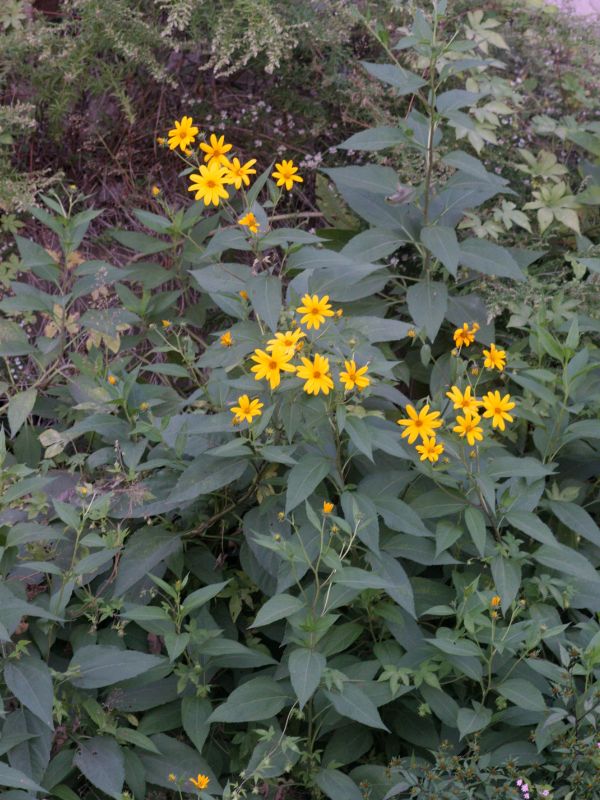
In former times, Jerusalem artichoke was used as forage for domesticated cattle, horses, and pigs. The plant has valuable nutrient contents and various bioactive compounds, and so is used today as an animal feed source or for the health of several animal species. Pigs, for example, can eat the tuber either dried or directly from the ground or the green plant biomass (stalks and leaves) from the pasture. Washed Jerusalem artichoke tubers can be fed to many animals, and silage produced from the harvested stalks and leaves.
The silage has high nutrient values and satisfactory digestion performance for ruminants. Its high inulin content beneficially affects the rumen metabolism and microflora. However, cutting the tops to produce silage greatly reduces the harvest of the tubers. There are also many other Jerusalem artichoke products on the market, such as supplementary feed for horses, dogs, and small animals.
- Fermented products
In Baden-Württemberg, Germany, over 90% of the Jerusalem artichoke crop is used to produce a spirit called Topinambur, the German word for Jerusalem artichoke. By the end of the 19th century, the tubers were being used in Baden to make a spirit called “Topinambur-Branntwein” (Jerusalem artichoke brandy), “Topinambur” (Jerusalem artichoke), “Topi”,”Erdäpfler”,”Rossler”, or “Borbel”. Topinambur produced in the European Union and Switzerland must be made exclusively from Jerusalem artichokes, contain at least 38% alcohol by volume, and contain neither added alcohol nor flavorings. Caramel color is the only permitted additive.
Jerusalem artichoke brandy smells fruity and has a slight nutty-sweet flavor. An intense, pleasant, earthy note characterizes it. The tubers are washed and dried in an oven before being fermented and distilled. It can be further refined to make “Red Rossler” by adding the roots of the common tormentil, giving it a bitter and astringent taste and a red color. Red Rossler contains other ingredients such as currants, producing schnapps with about 50% alcohol used as digestif and as a remedy for diarrhea or abdominal pain.
IV. Harvesting and Storage
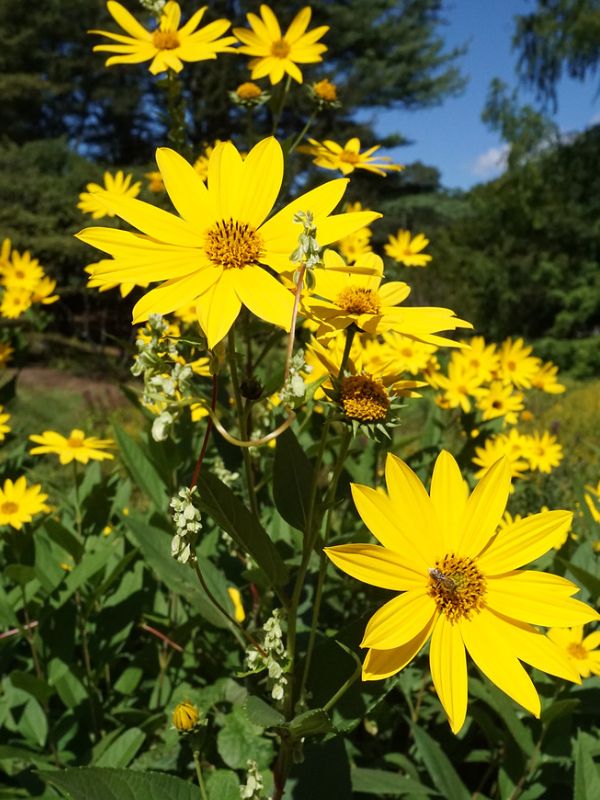
You can harvest sunchokes anytime from October to December, but Jerusalem artichokes are much sweeter and more flavorful after a light frost or two. They usually take around 110 to 150 days to reach maturity. Add a thick (12 inch) layer of mulch after your first frost to extend your harvest. This will keep your ground from freezing, buying you a few more weeks to harvest your sunchokes. If you harvest later in the season, your sunchokes might taste sweeter, but they won’t contain as much of their beneficial inulin dietary fibers.
The roots can be located and harvested with the assistance of a fork or hand rake—just be careful not to damage tubers. Mechanical potato harvesters can be used, but they may need to be modified because of the smaller size of Jerusalem artichokes.
Sunchokes can be stored in your refrigerator for around 10 days or in a root cellar with temperatures around 32 degrees Fahrenheit for a few months.
Freshly harvested, Jerusalem artichokes can be used in salads, or they can be cooked like potatoes. They taste similar to water chestnuts.
Find Where to Buy the Best Jerusalem Artichoke (Helianthus tuberosus)

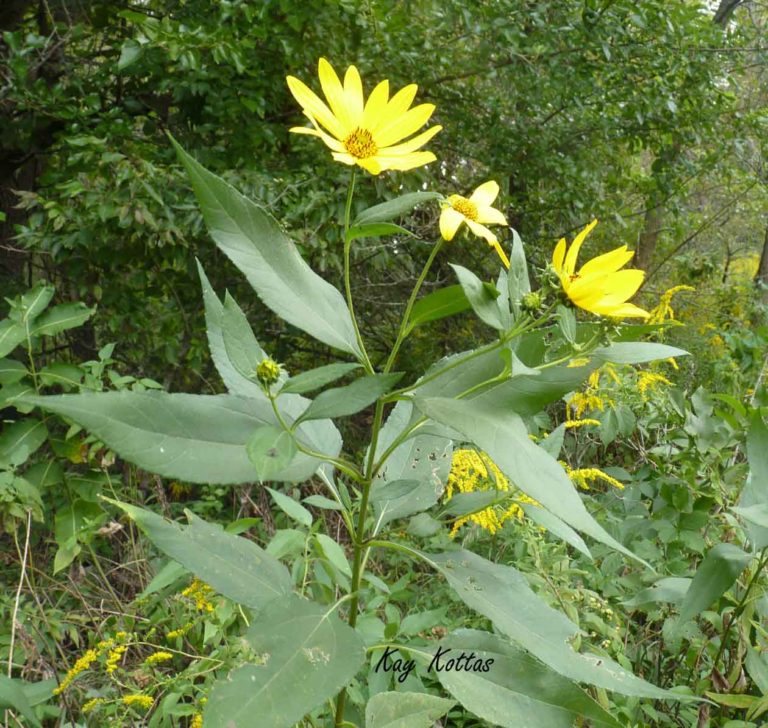






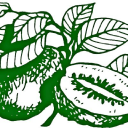

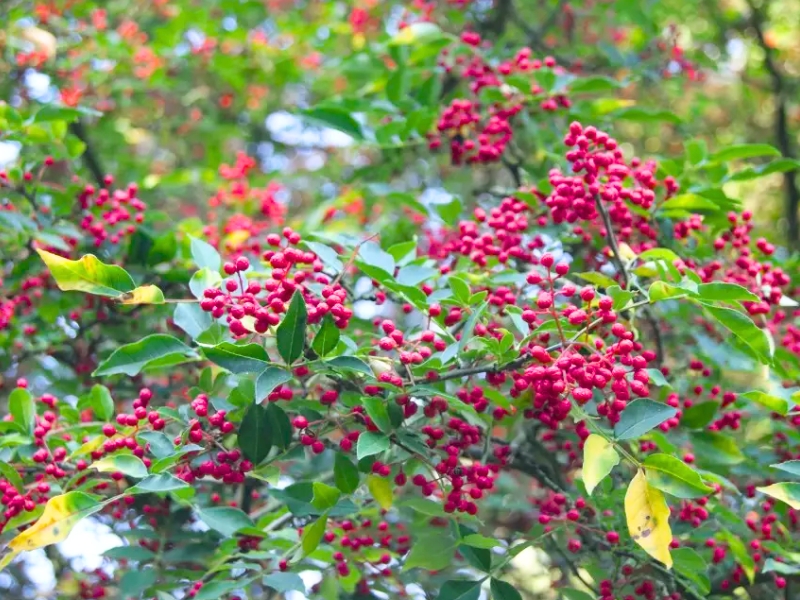
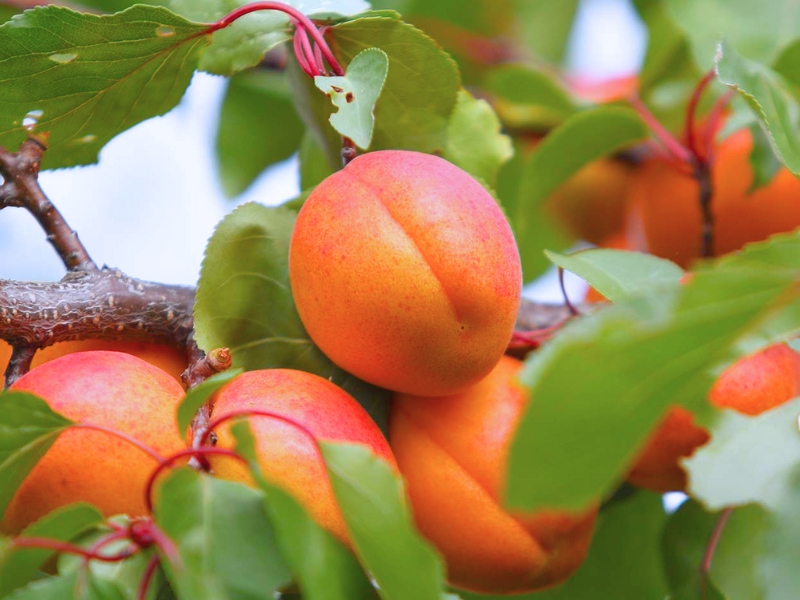
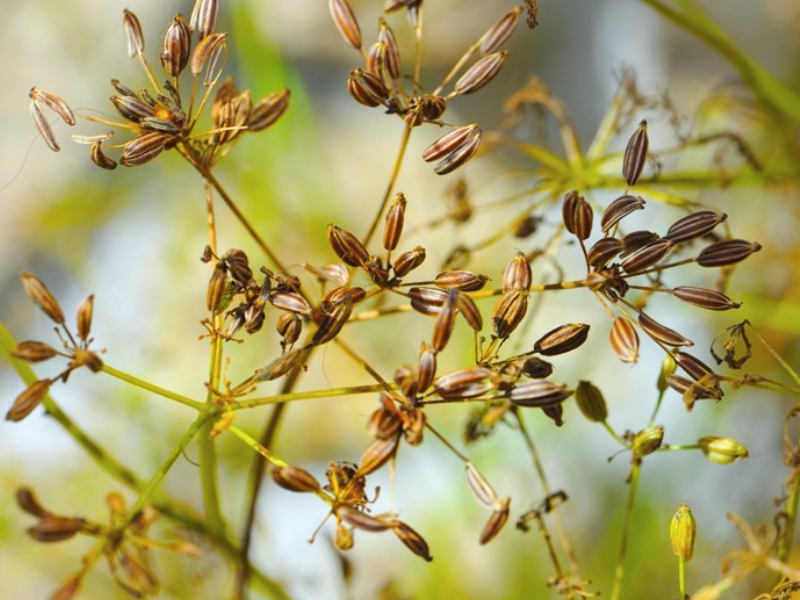
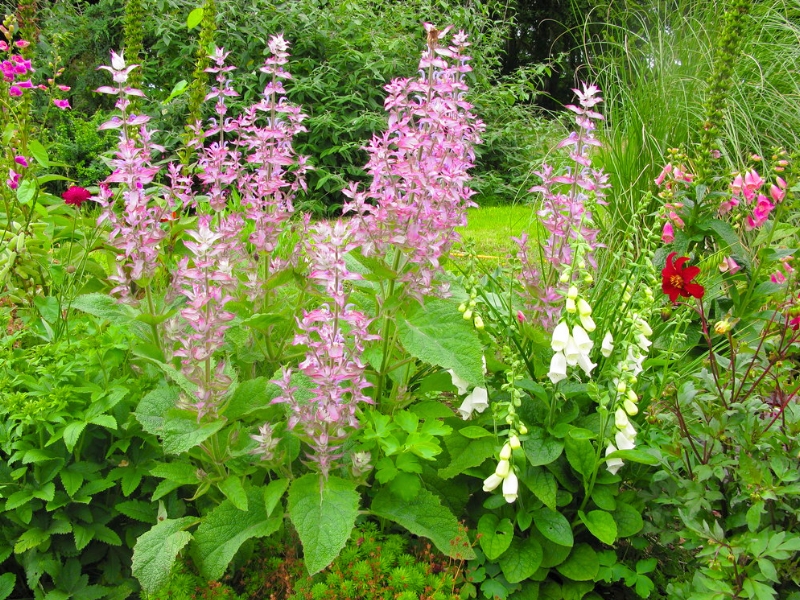
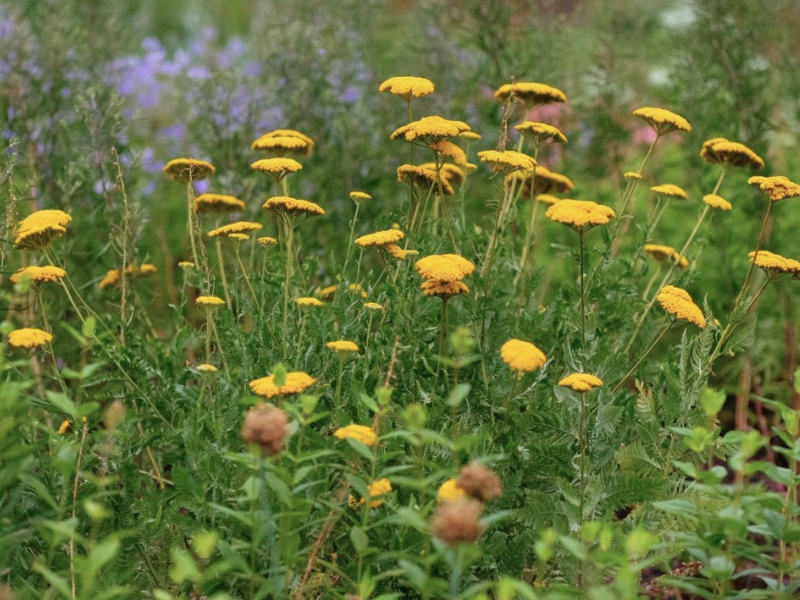
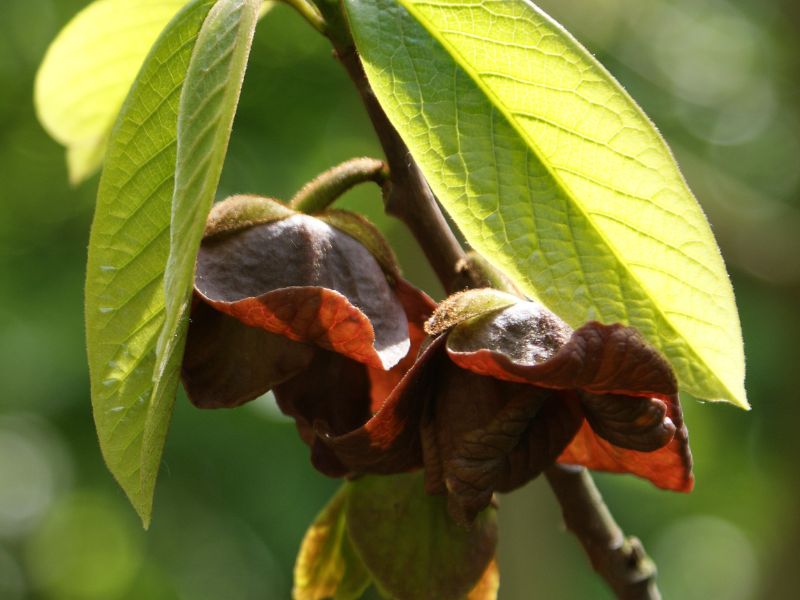
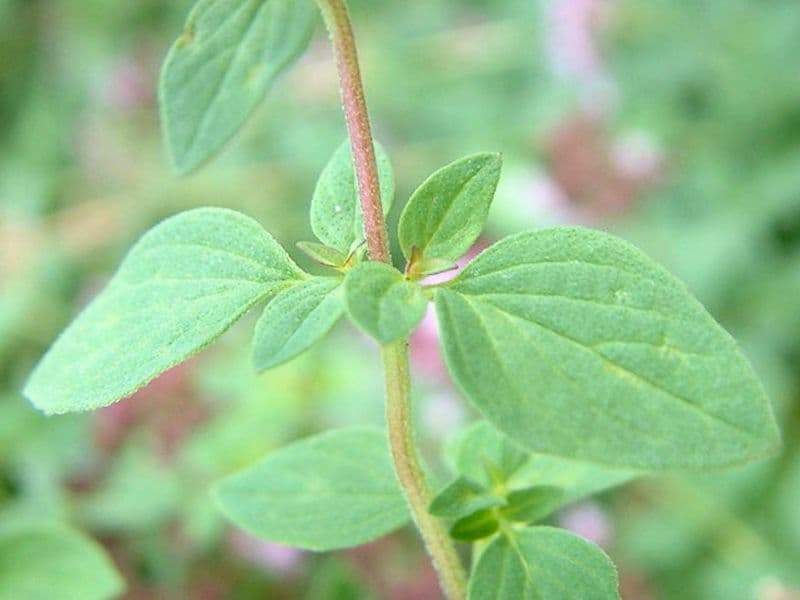
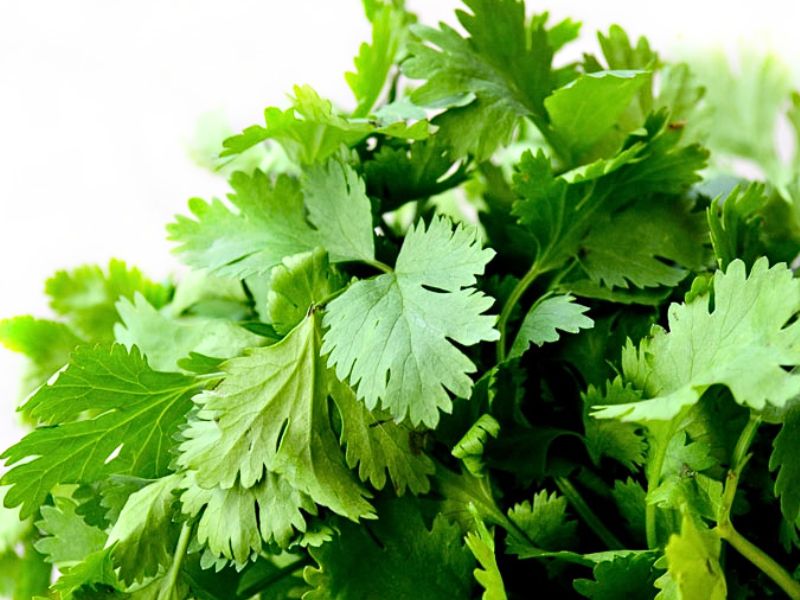
Leave a Reply